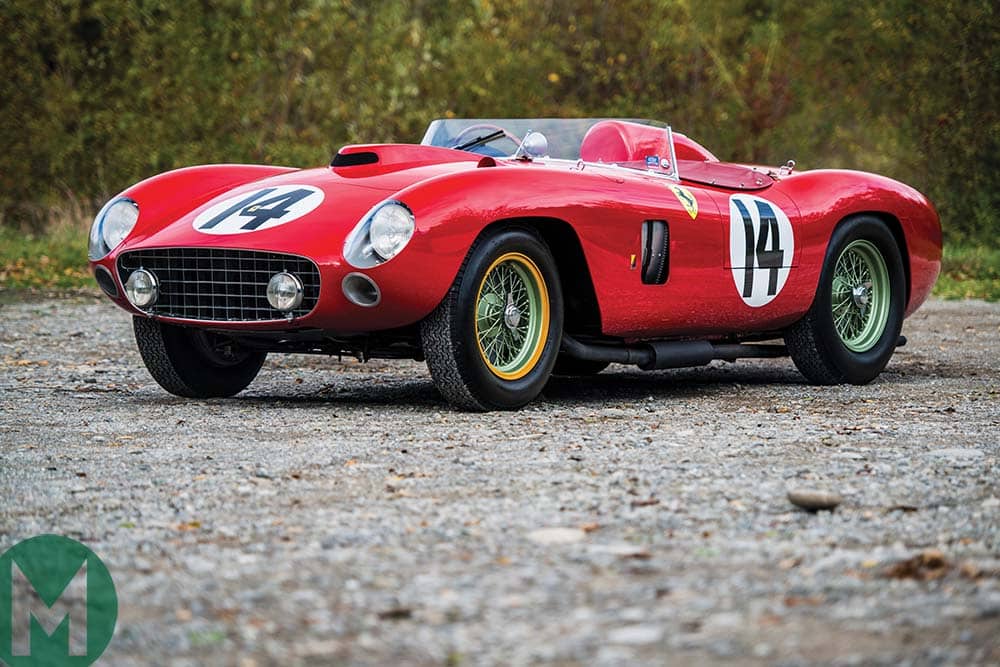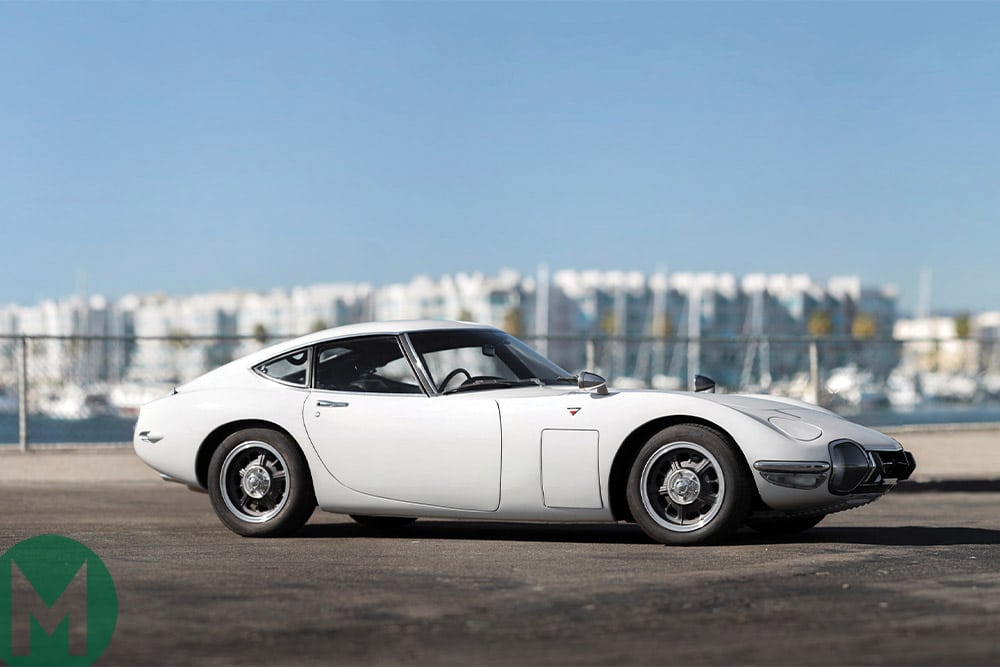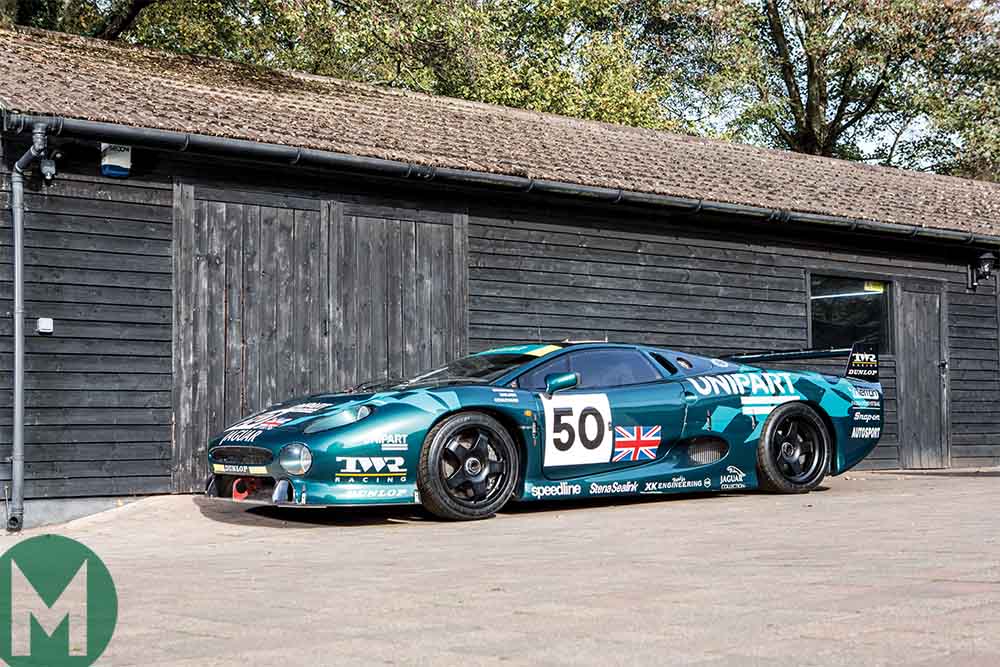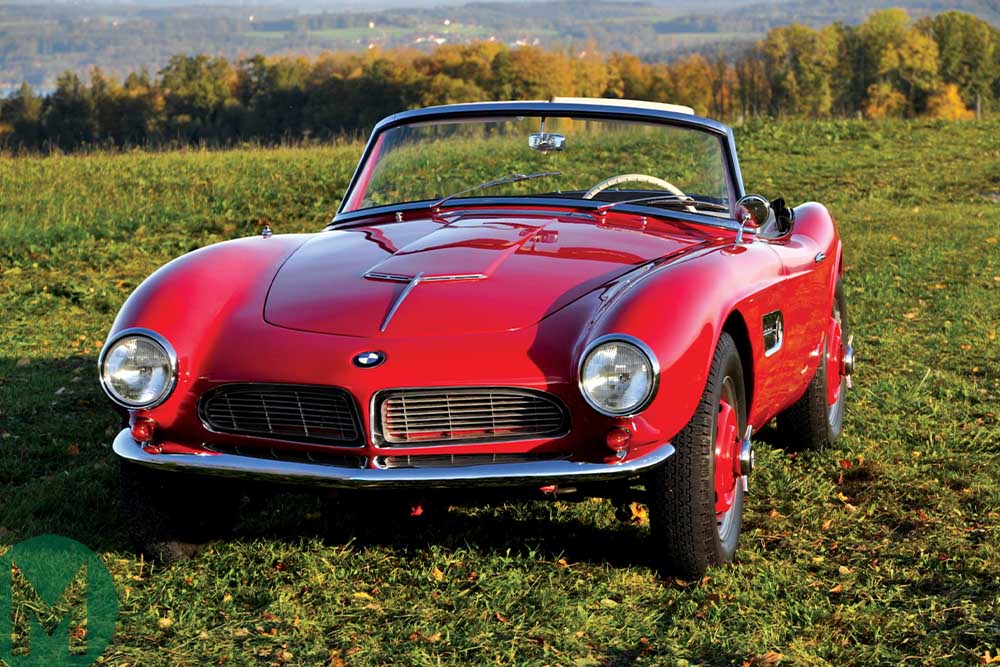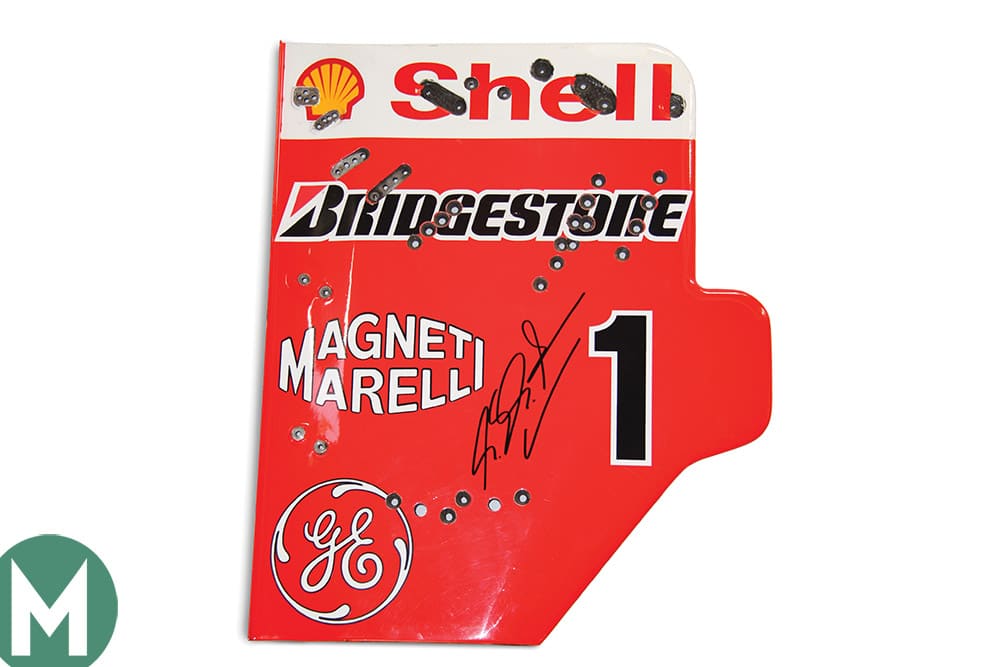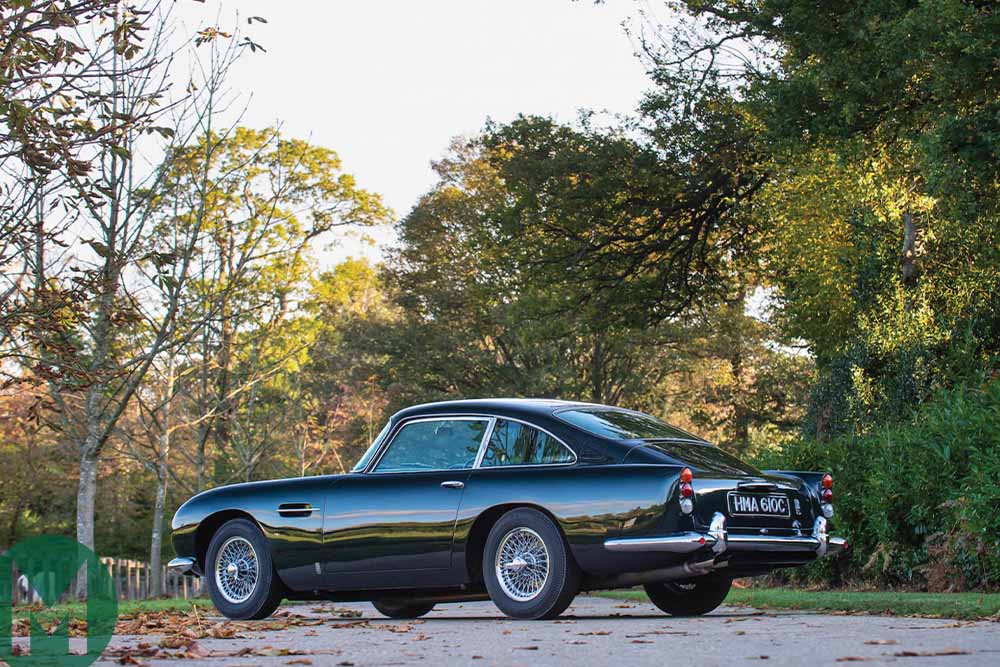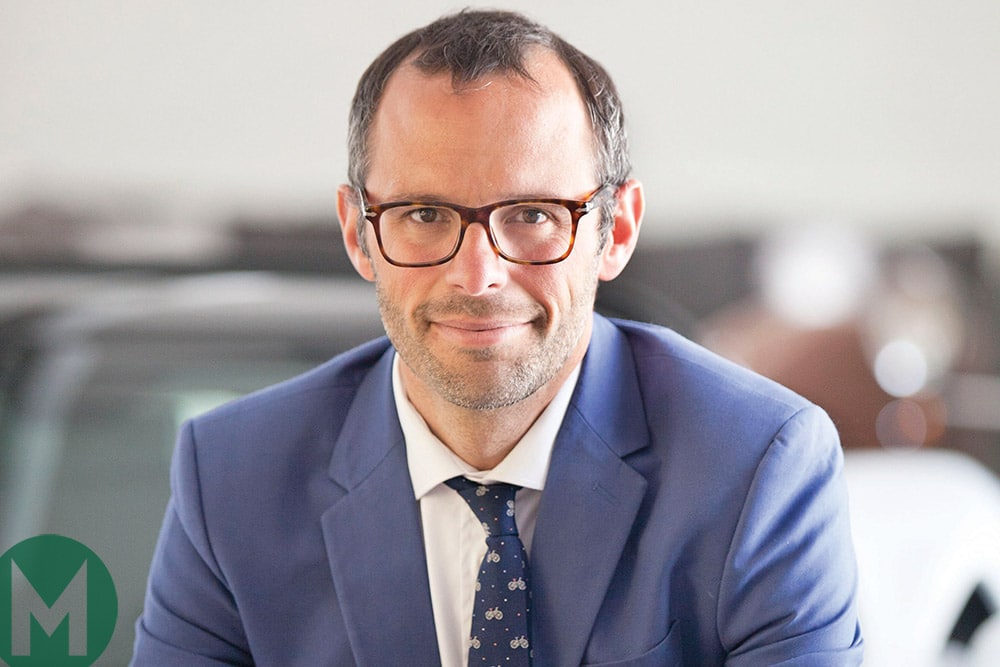Auction review: Moss Ferrari tops $20m
At RM Sotheby’s Petersen Automotive Museum auction, on December 8, a Ferrari 290MM took more than $20 million to join the top 10 most expensive cars at auction – and rightly so, with alumni such as Sir Stirling Moss and Juan Manuel Fangio having raced it.
A piece of Michael Schumacher’s title-winning F2000 summed up the incredible array of memorabilia on offer, and a Gullwing Mercedes appeared alongside a distinctive Toyota among an assembly of the most coveted cars to be offered in America.
On our side of the Atlantic, a BMW 507 owned by its designer fetched millions at Bonhams’ Bond Street sale, which was led by another famous British sports car that gained fame on the silver screen.
The price tag is $22,005,000 – and that makes this Ferrari 290MM one of the 10 most expensive cars in the world at auction. Sold at RM Sotheby’s, it has a rich racing pedigree – Juan Manuel Fangio and Stirling Moss both drove it, the latter taking a brace of victories during Bahamas Speed Week in 1957. It is one of three survivors from the four cars built in that period.
Mercedes 300SLs are highly sought in America and, at RM Sotheby’s Petersen Museum sale, this Gullwing, with light green metallic paint and red leather interior, took $1,270,000. The high price is due to the unique paint scheme and fine condition, with factory luggage, spare wheel and jack included.
A 1967 2000GT – a sleek, soulful sports car designed by Yamaha and produced by Toyota. Nissan apparently turned down the project – the automotive equivalent of failing to sign The Beatles? Prices have rocketed in recent years and this one fetched $511,000. One of just 260 or so believed to still exist.
The last Jaguar to win its class at Le Mans (on the road – it was later excluded), this 1993 David Coulthard/David Brabham/John Nielsen XJ220C didn’t sell. It was estimated to fetch up to £2.8m at Bonhams’ Bond Street auction. Its full story is told on motorsportmagazine.com
This BMW507 Roadster was owned by the man who designed it, Count Albrecht Graf von Goertz. One of only 252 built, this svelte BMW was notionally a rival to the Mercedes 300SL, although it never had quite the same reputation. Count Goertz’s car took £2,367,000 at Bonhams.
A rear wing endplate from Michael Schumacher’s Ferrari F2000 sold for $14,400, underlining the German’s enduring popularity. This signed carbon memento comes from the car that gave Ferrari its first champion driver since Jody Scheckter in 1979 – the end of a 21-year wait.
One owner cared for this Aston Martin DB5 between 1964 and 1996. Of course, James Bond immortalised this model in five movies, starting with 1964’s Goldfinger, but this DB5 earned its £743,000 price thanks to restorations by marque specialist Nicholas Mee and Aston Martin Lagonda itself.
The main thrust of the sales season might be over, but plenty of things have still caught Max Girardo’s eye
People have been speculating about when the ‘bubble will burst’ for a while – and to every outside observer’s disappointment, I think it’s fair to say that for the high-quality, high-end cars, the bubble is still very much intact. Don’t just take my word for it, let’s look at some auction statistics over the past year.
Approximately 5500 cars were offered at auction this past year and 75 per cent were sold. The average value of a car sold at auction was £200,000, higher than most would think, but there have been some record-breaking cars that have skewed the stats. Take RM Sotheby’s Monterey auction as an example. Of the $158 million total, three cars contributed $80m. Thirty per cent of lots sold were Ferraris, with Porsche second and Mercedes rounding out the top three while Aston Martin dropped to fourth. Taking the first three into consideration, it’s not surprising that the majority of the market consists of post-war cars, which begs a question: what is the future of the pre-war car?
Cars offered without reserve provide an accurate reflection of the market. This yeafer, cars have generally sold for 10 per cent under estimate, which shows it’s a buyer’s market. This shouldn’t be too surprising, because things are affected by outside factors, such as Brexit and America increasing import taxes. Taking this into consideration, it will be interesting to see whether America continues to dominate the classic car auction market, as two-thirds of auctions are currently taking place in the States. With more concrete decisions concerning Brexit due early in 2019, the fate of the European classic car auction market might soon be clearer.
Interestingly, when it comes to auction house practice, guarantees have become more common and more accepted. Similar to the art auction world, classic car auction houses are becoming more aggressive in trying to consign cars and, as a result, are offering more to take away risks from the seller. Also of significant note, RM Sotheby’s has announced that it’s launching a private treaty division. All auction houses do private treaties on the quiet, but for an auction house to make an official foray in the private treaty world is noteworthy.
Like any market, there are cycles. Classic cars are high-quality assets and have good long-term growth potential. Looking at the results, cars do well if they have provenance, a good history, a high-quality restoration and have been fully researched. And there’s a growing divide between the best and the rest. Doubts and questions about these markets and assets will always crop up – it just goes to show that this industry isn’t for the faint of heart. If you’re going to buy a car, buy what you love. That won’t guarantee you a return on investment, but you are guaranteed a return on enjoyment.
Max Girardo is the founder of classic car specialist Girardo & Co. Before that he spent 20 years in the classic car auction world, where he was the managing director and head auctioneer at RM Sotheby’s
